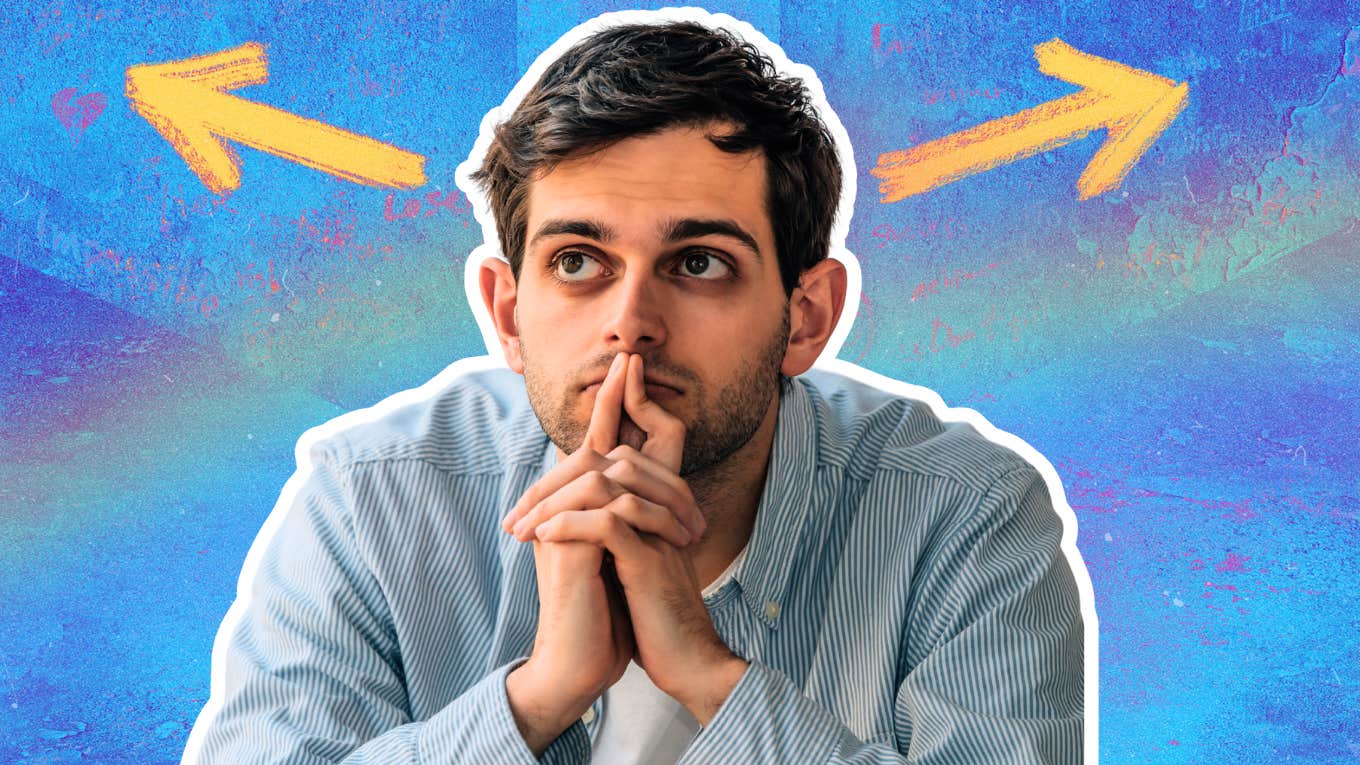What It Means When You Are Chronically Indecisive & How To Start Making Good Decisions
Shift focus to fulfilling your needs.
 PRUDENCIOALVAREZ, maxsattana | Canva
PRUDENCIOALVAREZ, maxsattana | Canva Everyone has experienced times when making a decision is challenging. For some of us, feeling stuck in indecision is more chronic than others.
What's worse, you may know something needs to change, that you need to do a few things differently, but you may not know where to start on that. That can make you feel double-stuck, and increase your indecision!
First, know that indecision indicates fear of failure or disapproval. It may also mean you aren’t following your true heart’s desires
To get you started in figuring out your true heart's desires and overcoming your fear of failure and disapproval, I'm going to share a few key tactics for honing in on your true needs, wants and goals.
How to start making better decisions, faster
1. Develop your listening skills.
Listen attentively to your answers without the influence of what you think someone else would want. Listening to your thoughts takes practice because the thoughts of others override our thoughts. This allows you to determine what you think and feel about a decision. Take time to relax, listen, and write your answers.
2. Ask "clean language" questions.
You will need to explore the issue more and ask yourself some questions. Examples of "clean language" questions include the following:
What would you like to happen? This establishes your desired outcome.
What needs to happen? This question establishes the conditions that need to be in place for your desired outcome.
Can it happen? Do you have the confidence that the desired outcome will take place? This can be tricky because our fears and the overriding of our concern about the desires of others may negatively impact this answer.
Will you take the action to make your goal happen? This question will also help you understand your motivation. If you are fearful, then you may be unwilling to take the necessary actions to implement your decision.
3. Come up with a metaphor for how it feels.
If the above questions seem overwhelming, ask yourself what it feels like. For example, “It feels like I will be underwater if X happens.” Or, “It feels as impossible as picking up a car.” This reveals a metaphor you relate to and can use in understanding why you are indecisive.
It reveals the underlying barrier you need to address to make the decision best for you. The next step is to identify the “who” or “what” of the barrier. Then ask if the barrier is realistic or simply a perceived prohibition by a false belief. Most barriers are overcome with thoughtful planning. Metaphors are the natural language of the mind and reveal a deeper understanding of desire and motivation.
4. Ask, “What would happen if I make this decision?”
This explores the fears, prohibitions, and perceived barriers that hinder your decision. Once identified and addressed, making the best decision for you will be easier. These barriers are often unrealistic or insurmountable but offer resistance to making decisions that are best for your life and not someone else’s.
This technique can enhance self-awareness by revealing the inner workings of your indecisiveness. When you practice thinking differently, you are led to transformation and decisions based on your wants and needs.
Pat Magerkurth is a life/business coach who studied women in the workplace.

